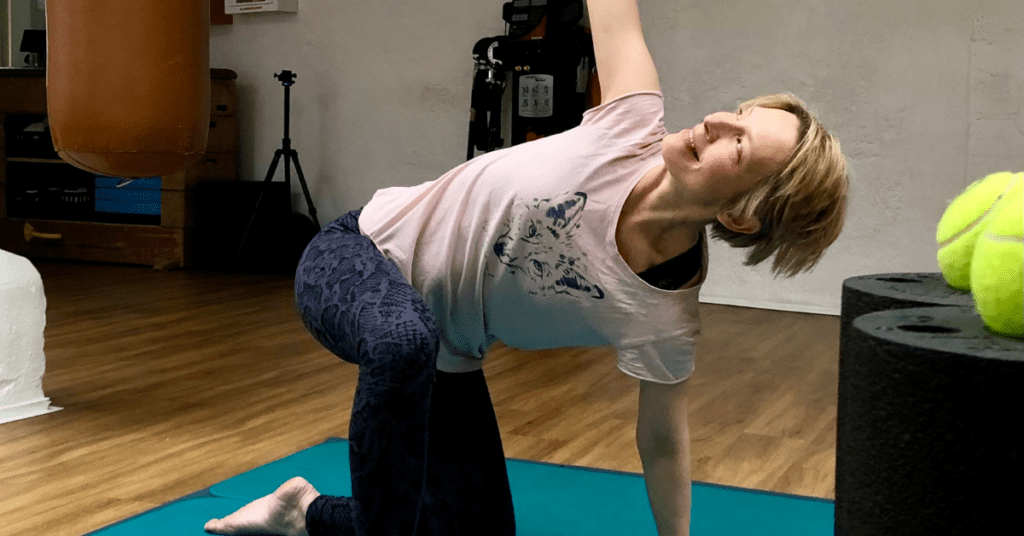I’m Sandra. I’m 50 years old and based in Hamburg, Germany. There are some things I found out and experienced, and for I found them help- and hopeful I want to share them with you.
It was last year in March when MRI-images showed a light left-sided cerebellum degeneration. That was after ataxic symptoms have increased very slowly throughout two years. The neurologist didn’t do any differenciated diagnosis, but she knew: “One couldn’t do anything.” She offered me tissues. In German we’d say that she dropped me like a hot potato.
Regardless her diagnostic skills I wonder why doctors still not seem to be trained in talking to their patients. It’s so suggestive in a absolute negative way. Four words immediately creating final hopelessness and prospecting the inability to work and take care for oneself and the family… Why?
It took me some weeks to get on my feet again. My symptoms increased significantly during this period. I used the walking stick of my 92 year old father to feel safe.
I bought a book about neuroplasticity by Norman Doidge. After having read a quarter of it and seen what our brain can make possible I found back my courage.
After some research on YouTube for exercises specifically activating the cerebellum, I came across something called neuroscience-driven approach, developed over the past twenty years. The central training institute is “Z-Health“ – They train health-practitioners, trainers, physicians, athletes and therapists. About themselves they say: “At Z-Health, we forge the link between cutting-edge neuroscience and practical application. Our curriculum offers tools rooted in movement neurology, pain neurophysiology, visual and vestibular interactions with the musculoskeletal system, motor learning concepts, behavior modification approaches, and more – so you can pinpoint the underlying neural factors affecting movement and achieve faster and longer-lasting results.”
National sport-teams already train with theses methods to develop the skills of their members and get even more powerful. Trainers know a lot about how to activate not only the cerebellum in general, but specific parts of it. They work with body-, eye- and possibly tongue-movements, with special glasses, with sound vibe headphones giving specific information to the headphones. Feels a bit crazy at the beginning – I found a trainer in Hamburg and after a detailed “Neuro-Assessment” in which he tested what it specifically was that I needed at that point I started to work with him for a year twice a week for an hour each.
In these sessions he creates “If they fire together they wire together.” During the first weeks I got tremendously tired during the training, because my brain had to work and relearn a lot. After only two or three months the feeling of being constantly drunken stopped completely and ground became a safe place again. My condition improved significantly.
I added a little training-program at home including neuro-focused body-, writing- and articulation-exercises. That changed a lot. Over the time I felt much more stable, physically and emotionally, even strong. It seems to be decisive to keep on activating the body and challenge the brain. You make neurons wire when you challenge them again and again.
Days are different of course and sometimes I’m afraid all of a sudden that it all won’t help anything. For instance I feel slightly sick again since a while doing rolls. Today I had to interrupt my training at this point and cry. Sometimes that happens when I can’t do an exercise as calm as I could or feel awkward in my attempt to dribble a ball or when I try to catch a bus being unable to run. My trainer comforted me and changed down, gave me his special headphones with this “bone-tone”. That stabilized myself and it went better then.
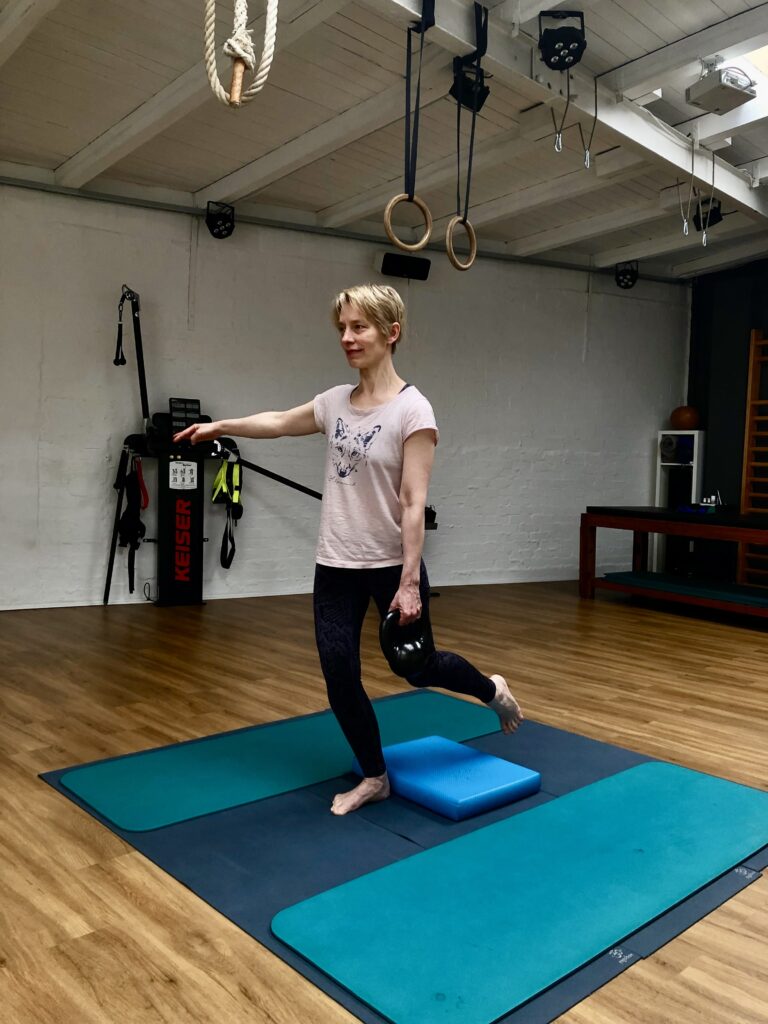
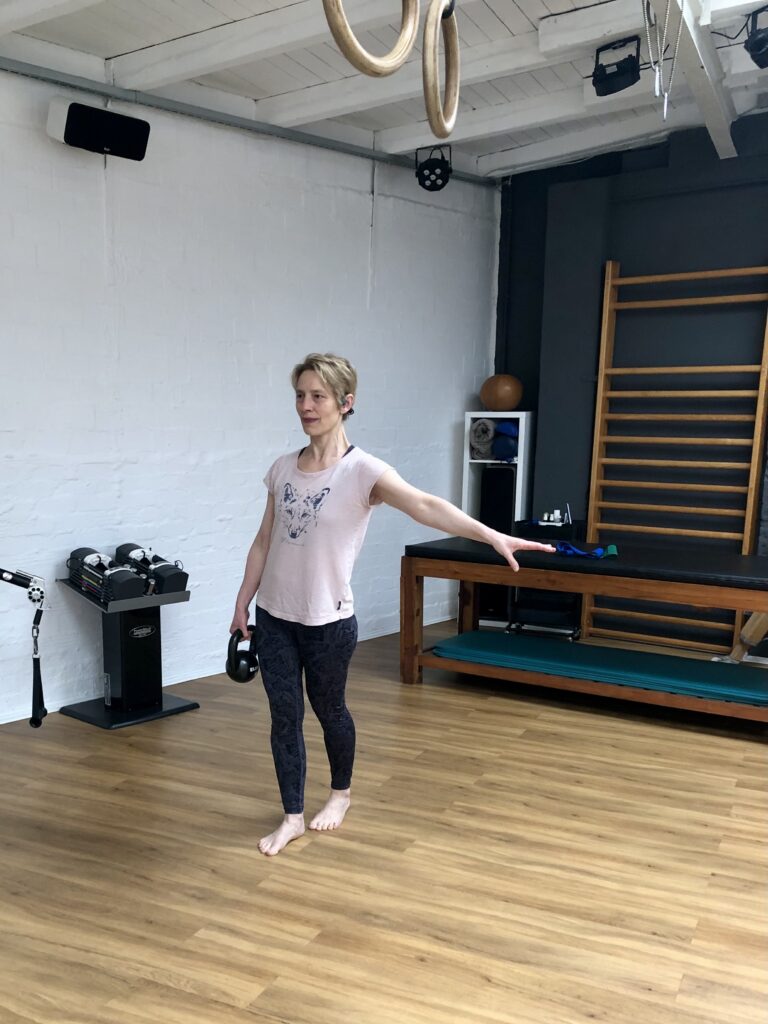

The second work I discovered is the Laban movement analysis, which had been developed by dancers in the 20ies. You can find more information here: https://labaninternational.org/scope-of-practice/movement-analysis/
The movement patterns of the Laban & Bartenieff work base on the first movements we do as little children, developing our cerebellum and more and more skills. My trainer found the videos you can find on YouTube very interesting and immediately included some sequences into our work.
A few weeks ago I came across the fact that there is a type called “Gluten Ataxia“. That was the third good news. It’s been guessed that 40% of the Acquired Ataxia-cases where no cause can be found are accounted for gluten sensitivity. To find out your blood can be tested on Transglutaminase (tTG6).
How is it possible that I haven’t been tested? That this is no diagnostic standard? Gluten-antibodies can lead to a cerebellum degeneration. They are doing research on that since the middle of the 90ies, first publications in 2009. There is an Ataxia center in Sheffield / GB which is lead by a doctor who is specialized on that topic:
https://www.sheffieldbrc.nihr.ac.uk/our-research/neuroscience/neuroinflammation/gluten-related-neurological-disorders-and-ataxia
https://pubmed.ncbi.nlm.nih.gov/23576621/
In an article about Prof Marios Hadjivassiliou it’s said “Previous research by Professor Hadjivassiliou and colleagues showed that people with Gluten Ataxia have antibodies called tissue Transglutaminase (tTG6) and antigliadin antibodies present in their blood, and these can be tested in addition to the widely available celiac blood tests to diagnose gluten ataxia.”
Participants for a study in the UK on this form of Ataxia are currently recruited:
https://www.ataxia.org.uk/wp-content/uploads/2025/04/Gluten-ataxia-research-updated-April-2025.pdf
You can have a gluten sensitivity that only shows neurological symptoms and no gastroenterological ones, this is the case in 17%.
Because celiac disease is so prevalent it is known that gluten can in general lead to neurological troublesome side-effects. So Ataxia-patients could find a gluten-free diet supportive regardless if they are sensitive or not.
During the past years there had been studies about the positive effect of different kinds of fasting onto neurological degeneration disorders. So maybe that could be supportive, too.
When Were You Diagnosed? Which Type (If Known)?
I had been diagnosed in March 2024, when I was 49 years old, after the symptoms had very slowly increased over two years.
Suspected diagnosis: Sporadic adult-onset Ataxia. Originally not differentiated from weather Hereditary / Acquired Ataxias nor of Multiple System Atrophy of cerebellar type.
My family doctor now made various blood tests and could exclude specific Acquired Ataxias.
How Has Ataxia Impacted Your Life?
It taught me a lot about my vulnerability. About what physical movement and freedom really means to me. About my love for dance. It taught me about letting myself be supported. About my strength, my power. About my mental power, too. About my independence and lust for life. It made me aware of what I’ve got and how valuable that is. It brought sports & dance back into my life.
What is One Thing You’d Like the People to Know About Ataxia?
That no-one seems to care. That the medical system seed hopelessness in our souls and brains and leaves us alone with that. That important information is not given to us.
Share Your Advice – How Can Others Support Someone with Ataxia?
Encourage them to look out for people who can see possibilities and support you.
How has NAF Helped You or Your Family?
You give me the opportunity to share my experiences with people likewise or stronger affected.
Disclaimer: The views and opinions expressed in this story are those of the individual member and do not necessarily reflect the views of the National Ataxia Foundation (NAF). Any medical information shared in this story is based on personal experience and has not been reviewed or endorsed by NAF or a medical professional. Always consult with your own physician or qualified healthcare provider before making any changes to your care or treatment plan.
What is Your Ataxia Story?
As an organization dedicated to improving the lives of those affected by Ataxia, we believe that each story has the power to inspire, connect, and empower others. We invite you to share your personal Ataxia journey with us.
Are you here to read the personal stories, but haven’t yet joined as a member? We hope you find comfort in reading about the experiences of others on their Ataxia journey. We invite you to join as a member to receive a new member story each month. It’s free, and you’ll be kept up-to-date on the latest developments in the Ataxia community.
Recent Member Stories
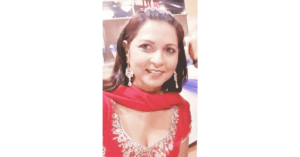
Kamal Randhawa
I have a history of Ataxia. On my father’s side, all aunts and uncles are affected, their offspring too. We all have Ataxia. I was Read More…
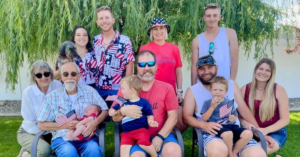
Bev Schmutz
Hi! I was diagnosed in 2010. I worked for a well known insurance carrier. I had breast cancer in 2008 and received Chemo therapy, radiation Read More…
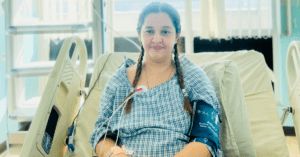
Purnima
Hello everyone, I used to live away from my home in Pokhara with my 3-year-old son for my job. I was a very confident girl Read More…

Sandra B
I’m Sandra. I’m 50 years old and based in Hamburg, Germany. There are some things I found out and experienced, and for I found them Read More…

CoCo Tsoi
My name is CoCo from Hong Kong, and I am an adaptive golfer currently ranked under the World Ranking for Golfers with Disability (WR4GD). I Read More…
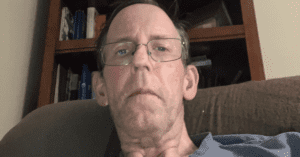
Big Bill
On October 21,2024 my life changed forever because my diagnosis of Ataxia. The neurologist said I had two options to go to Rochester Mayo or Read More…


